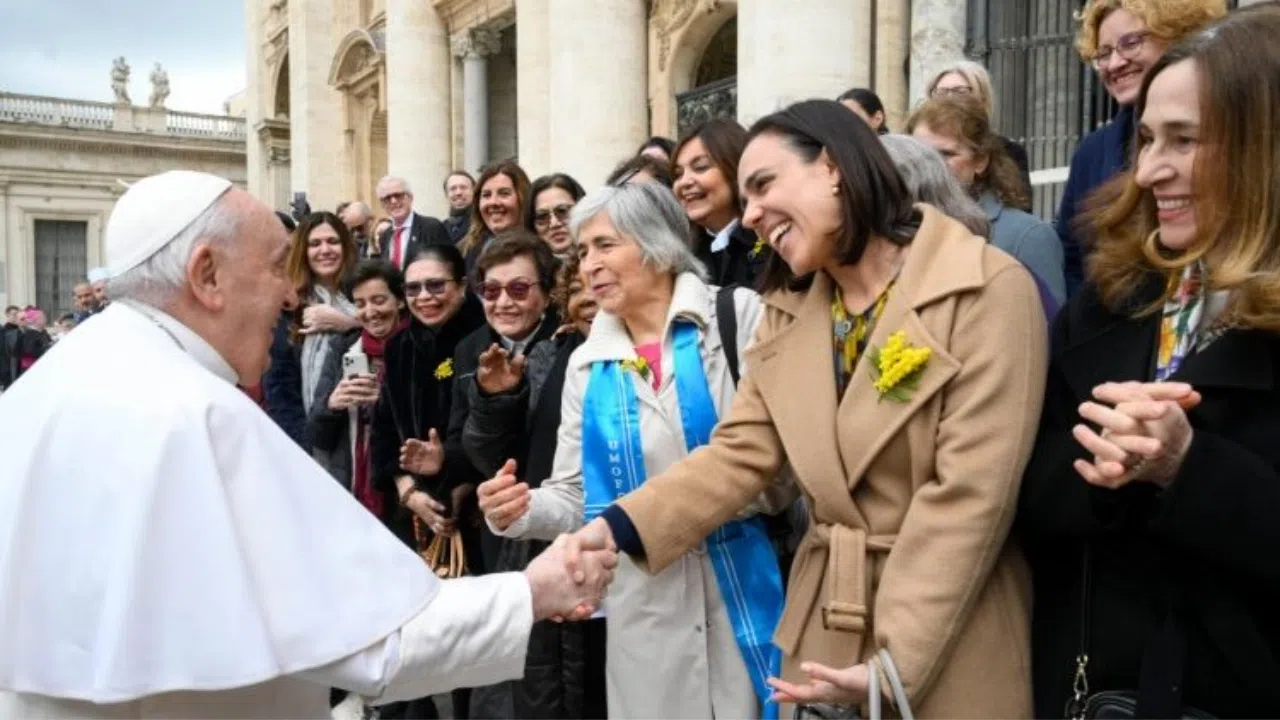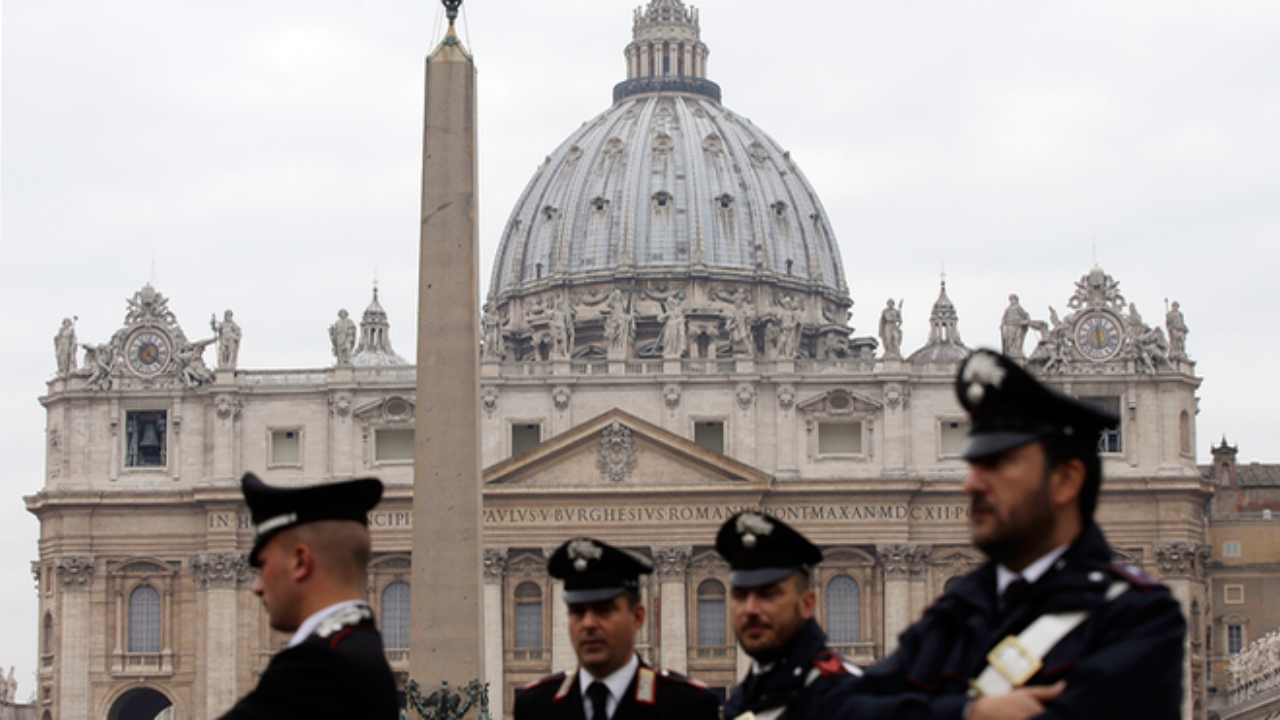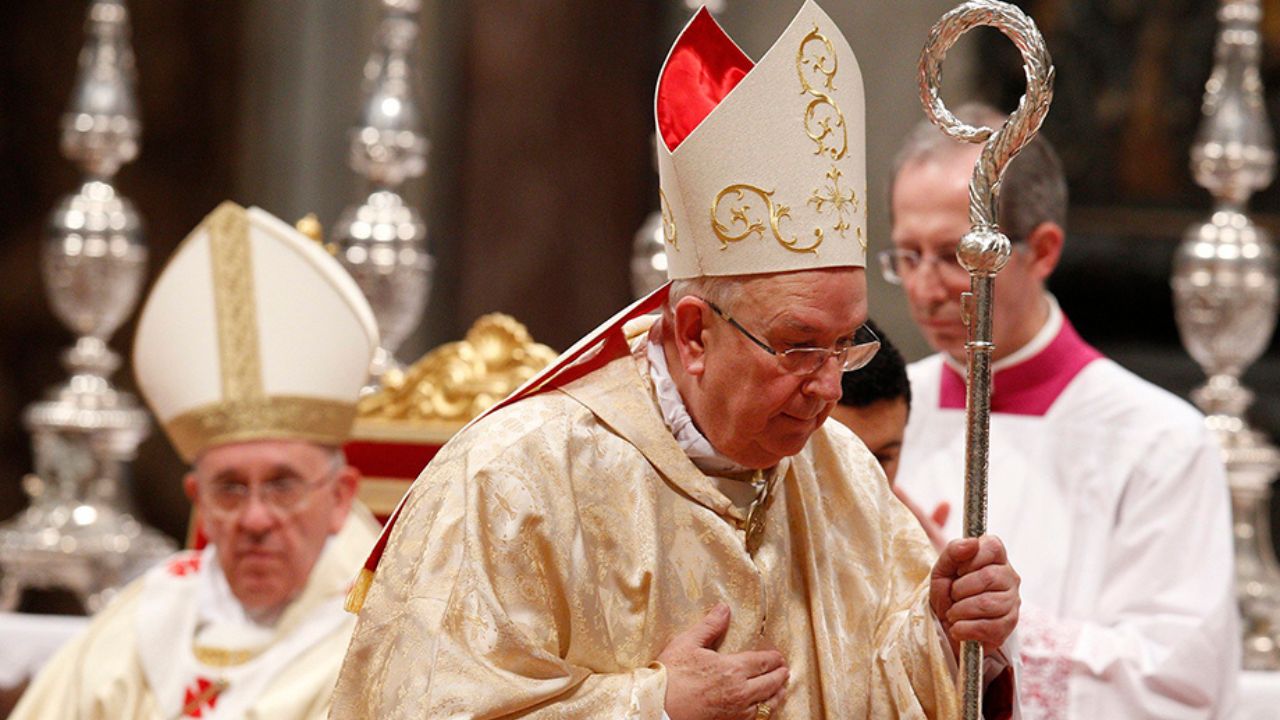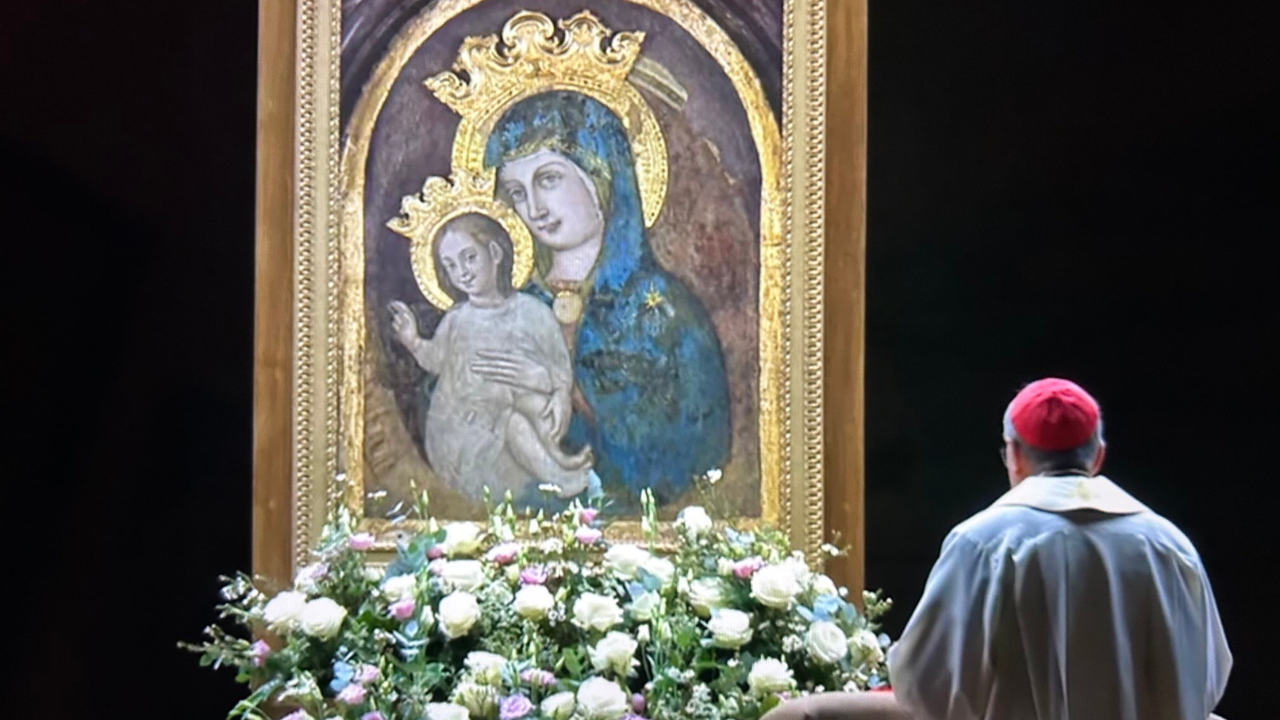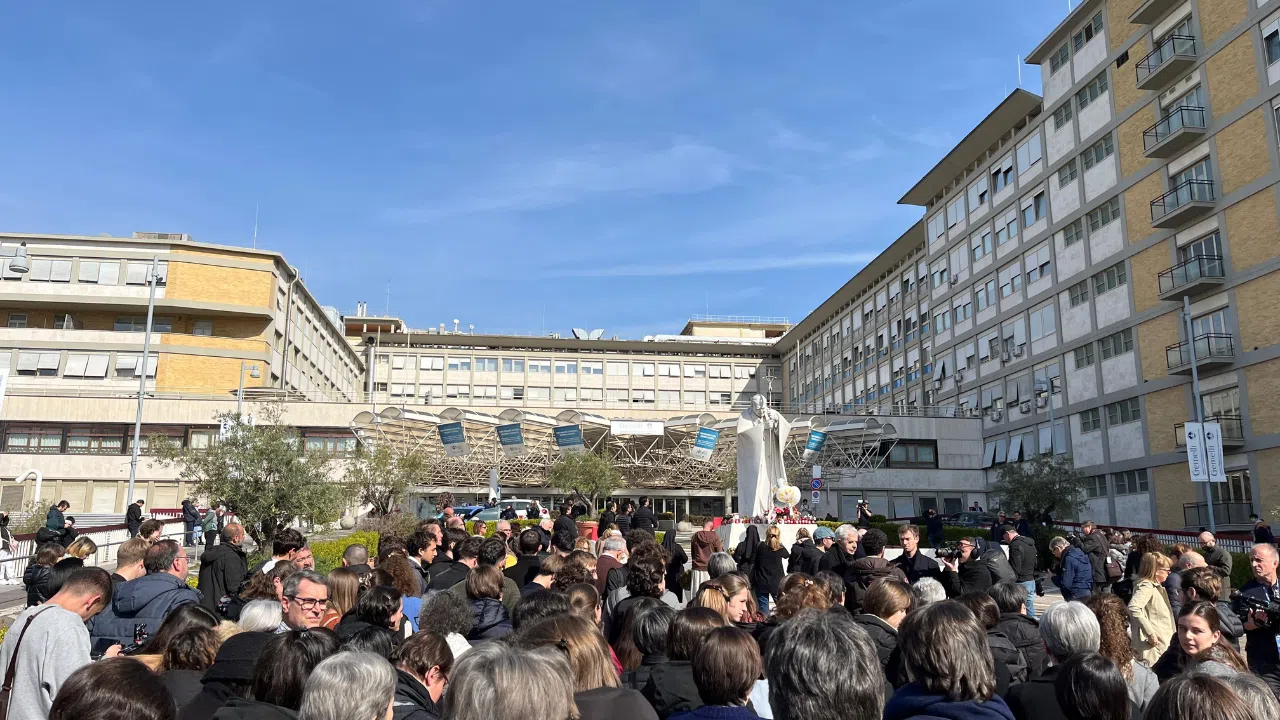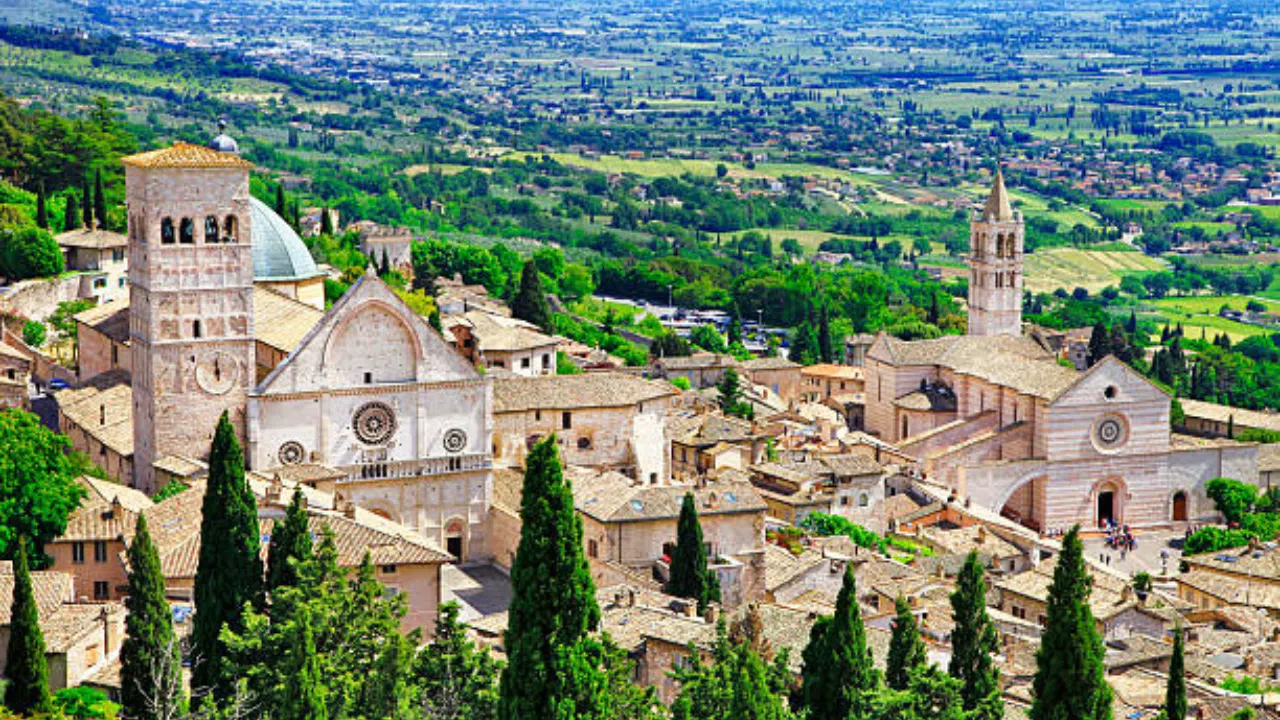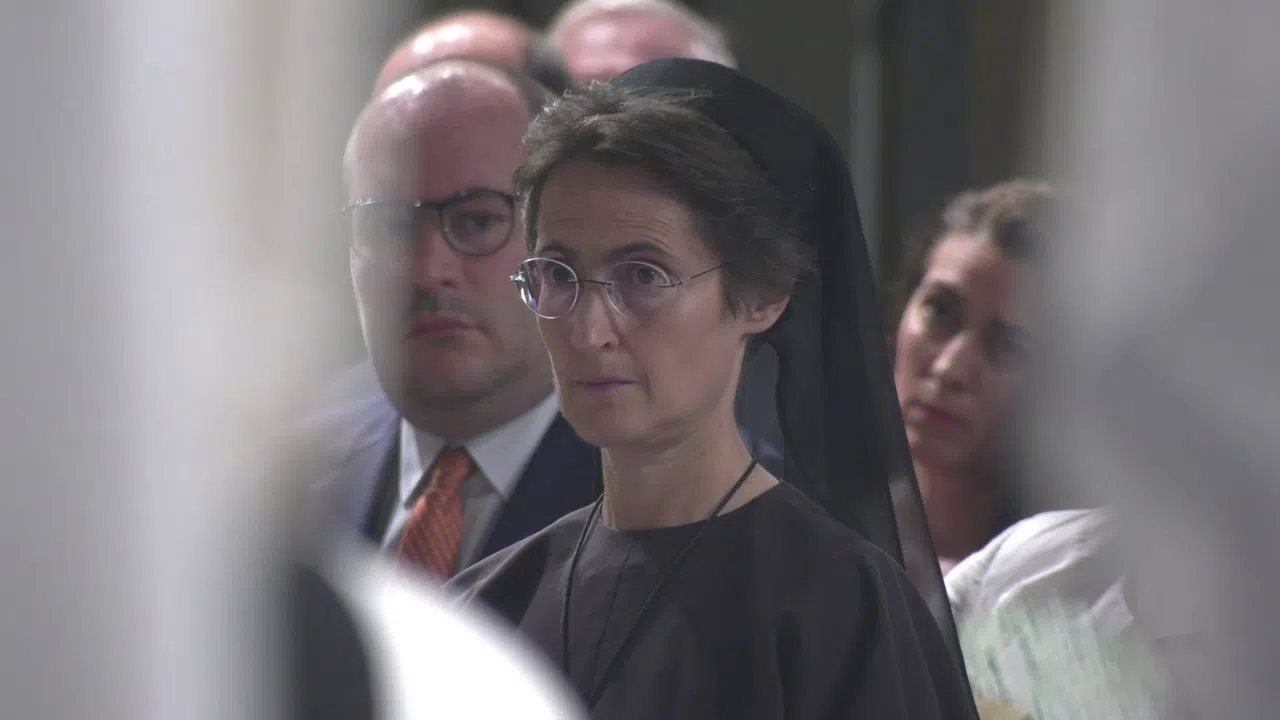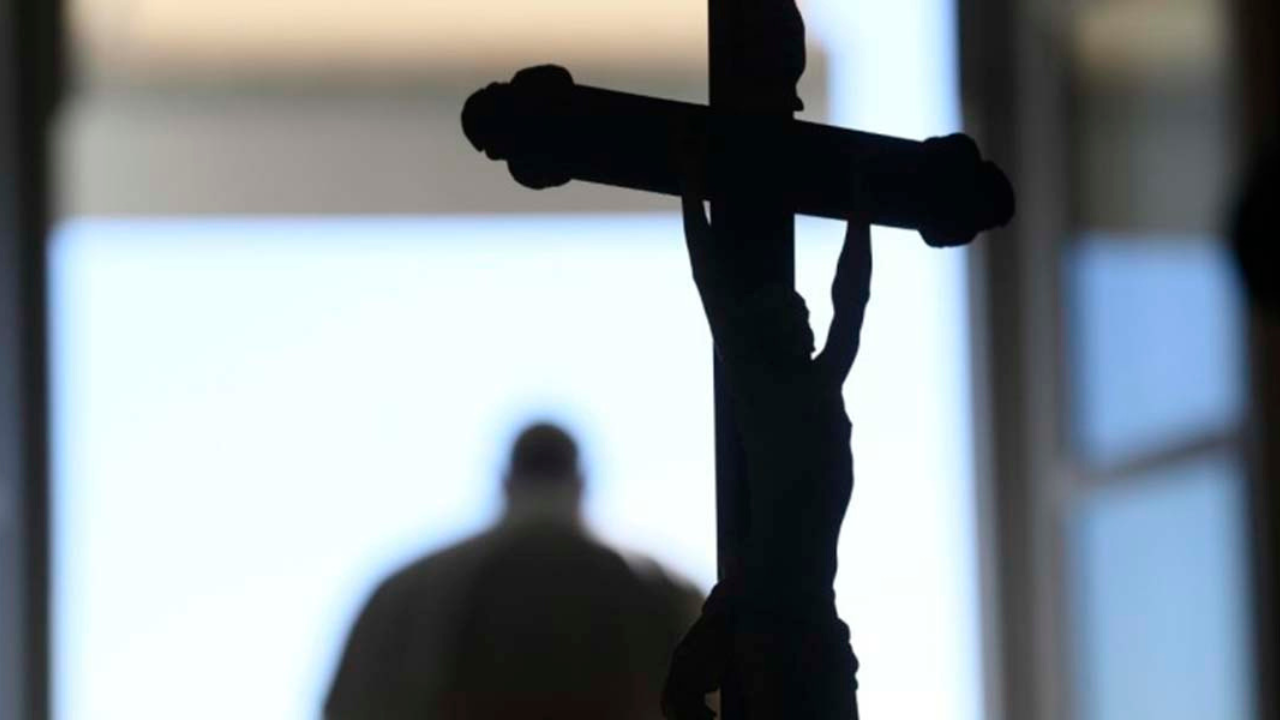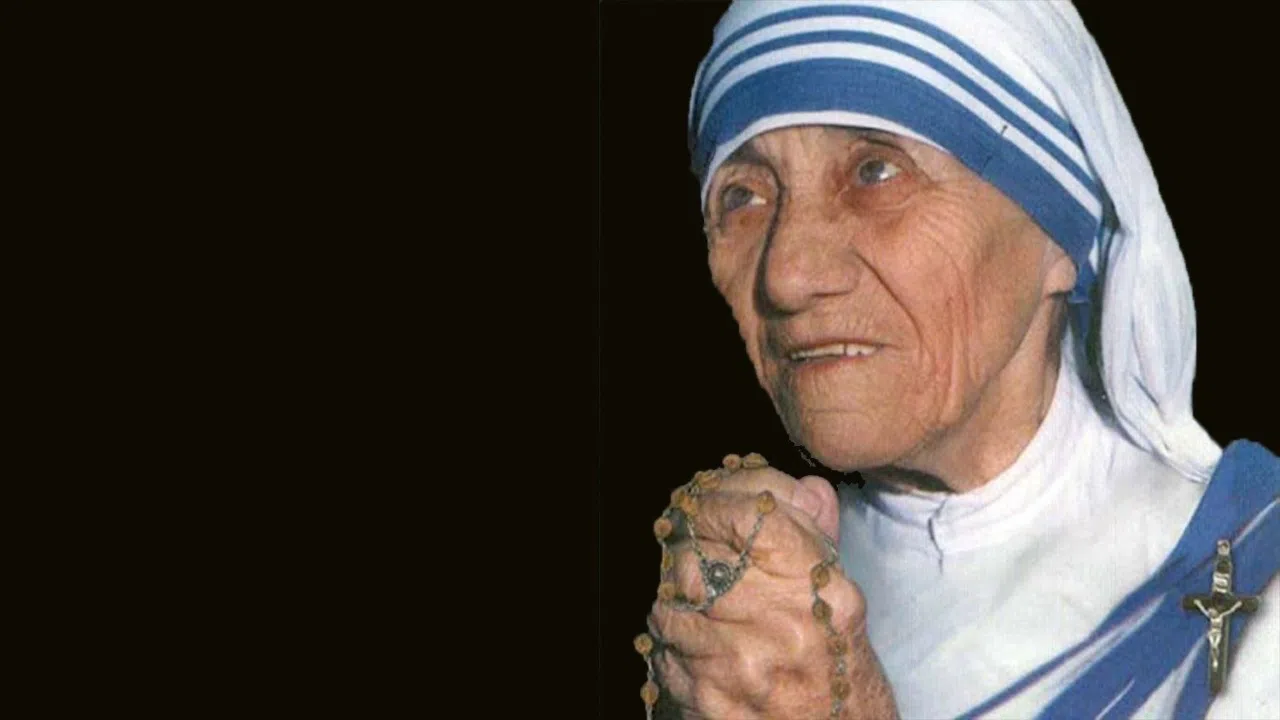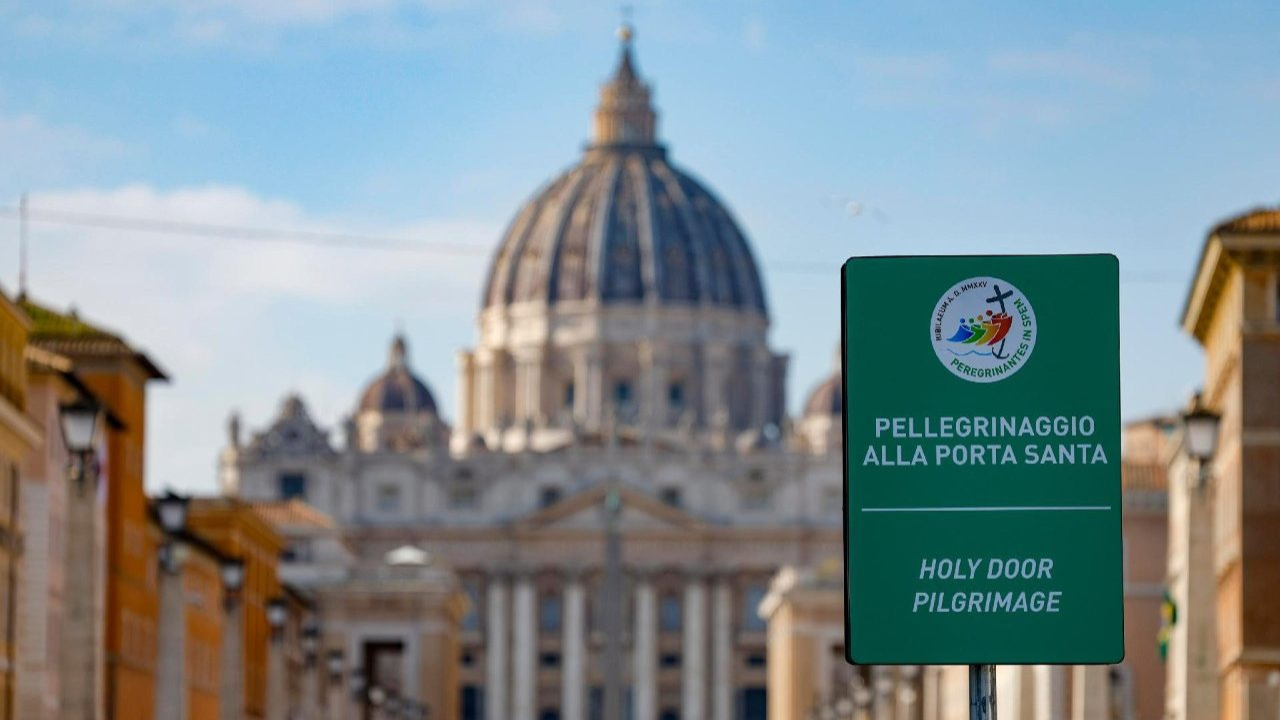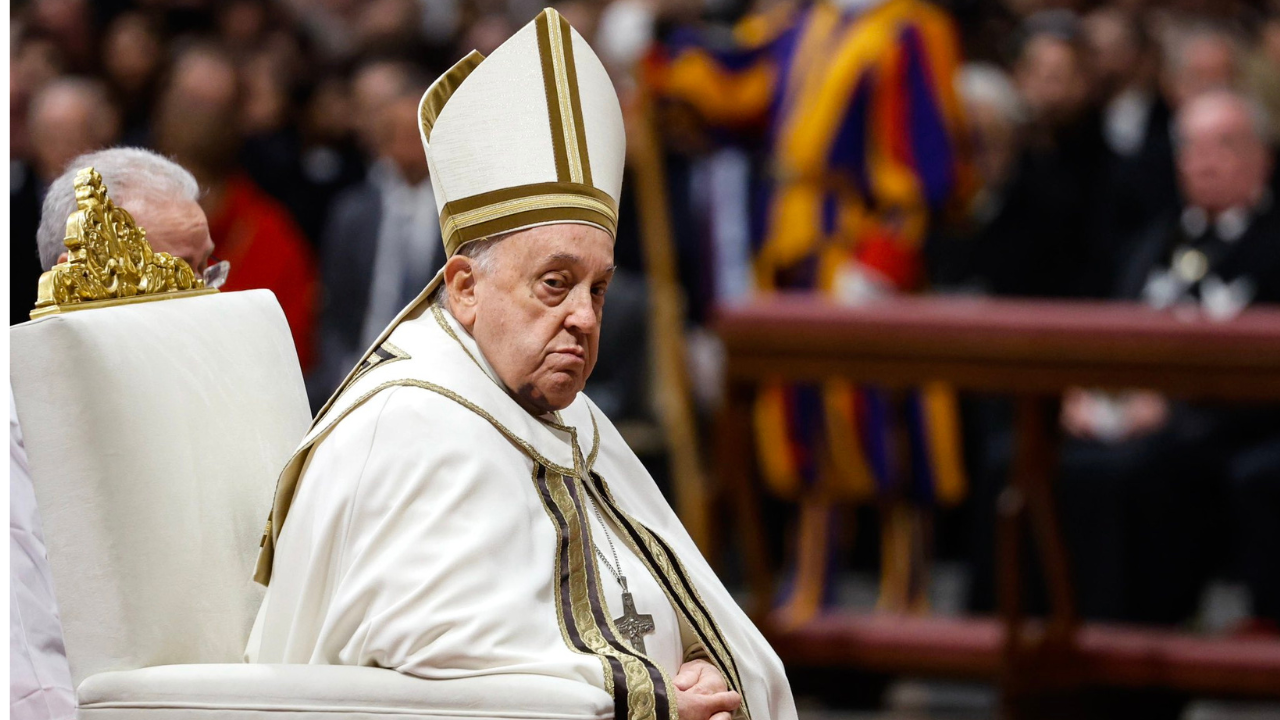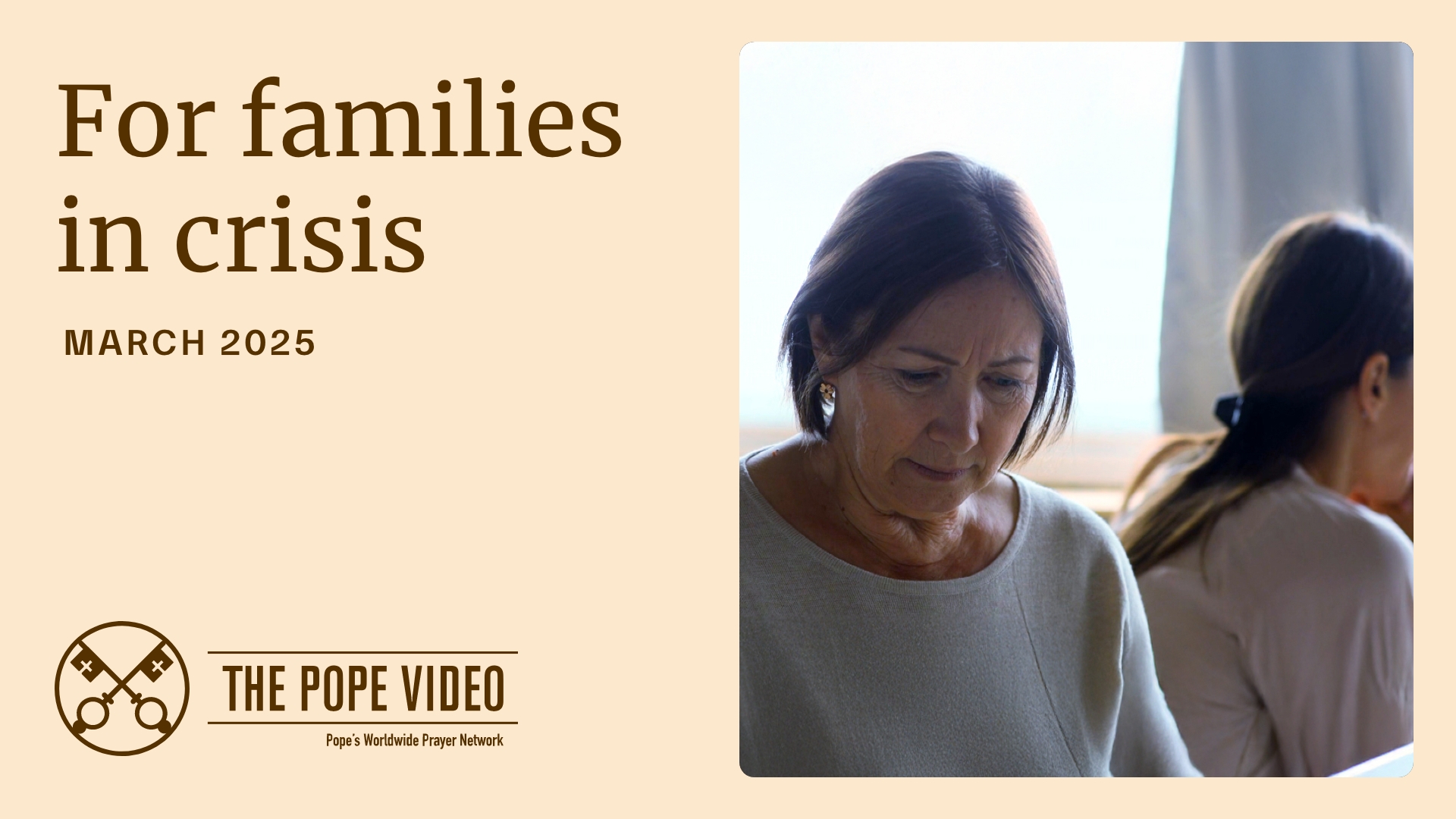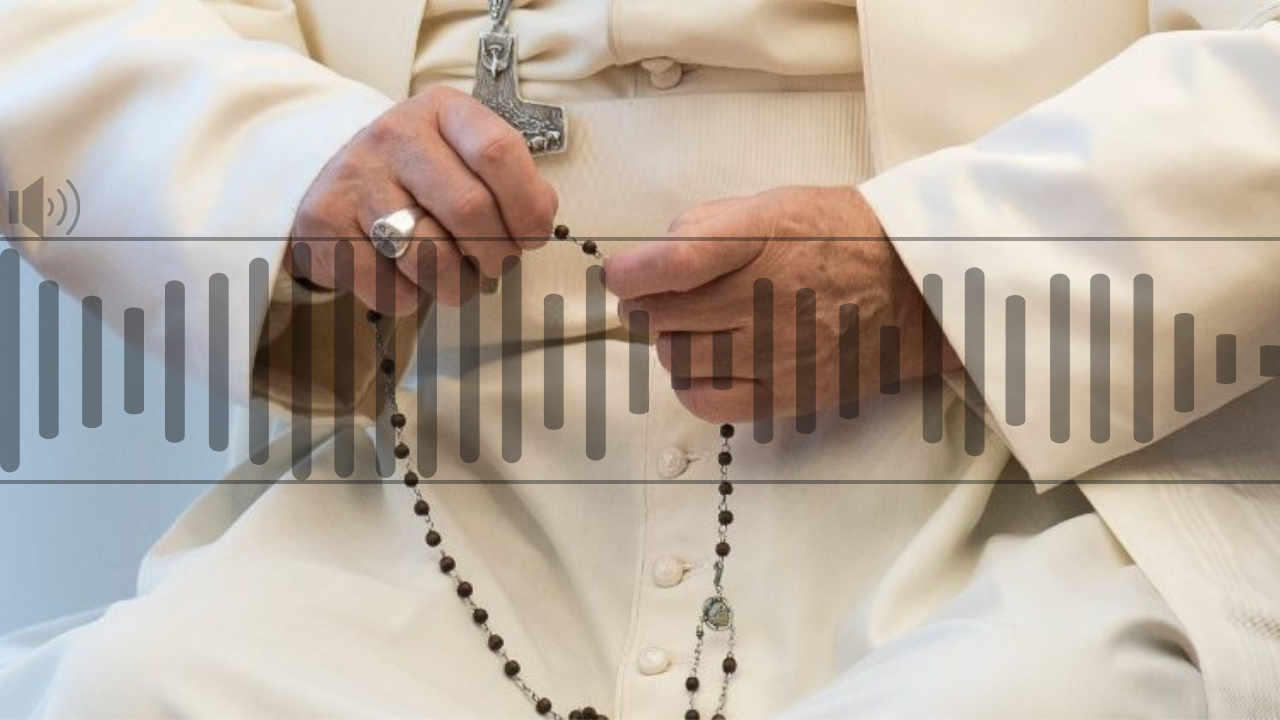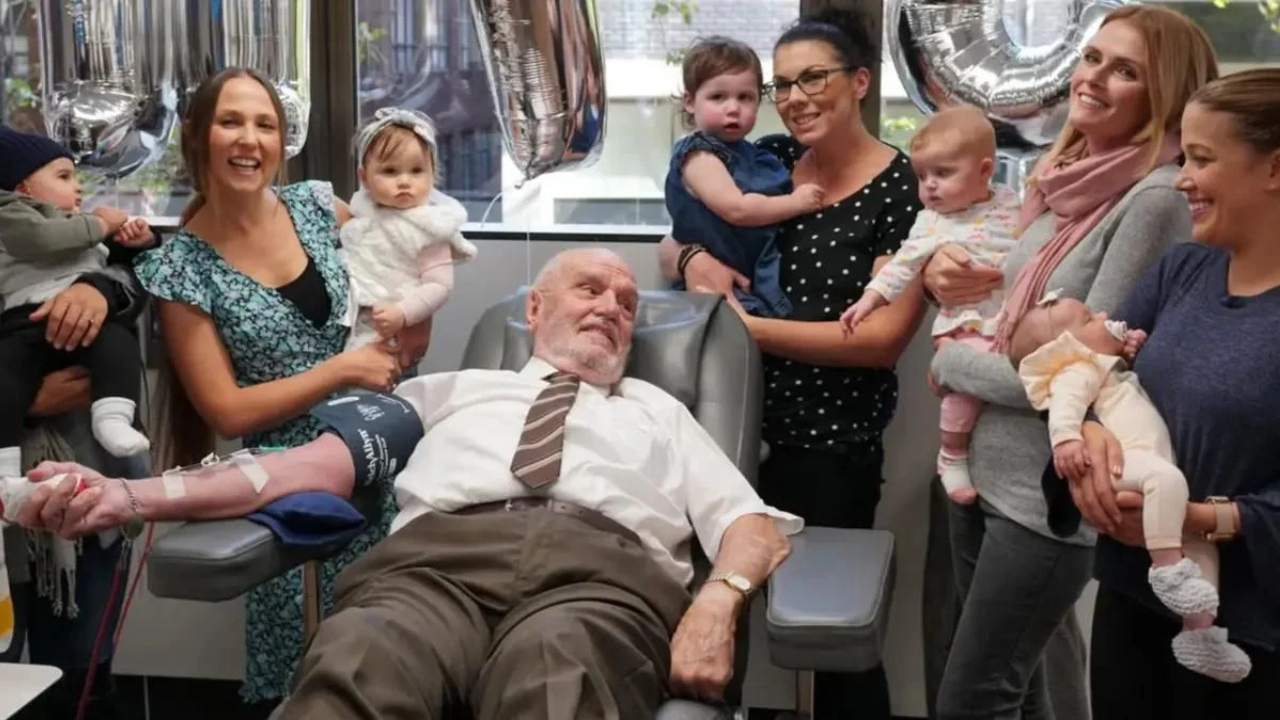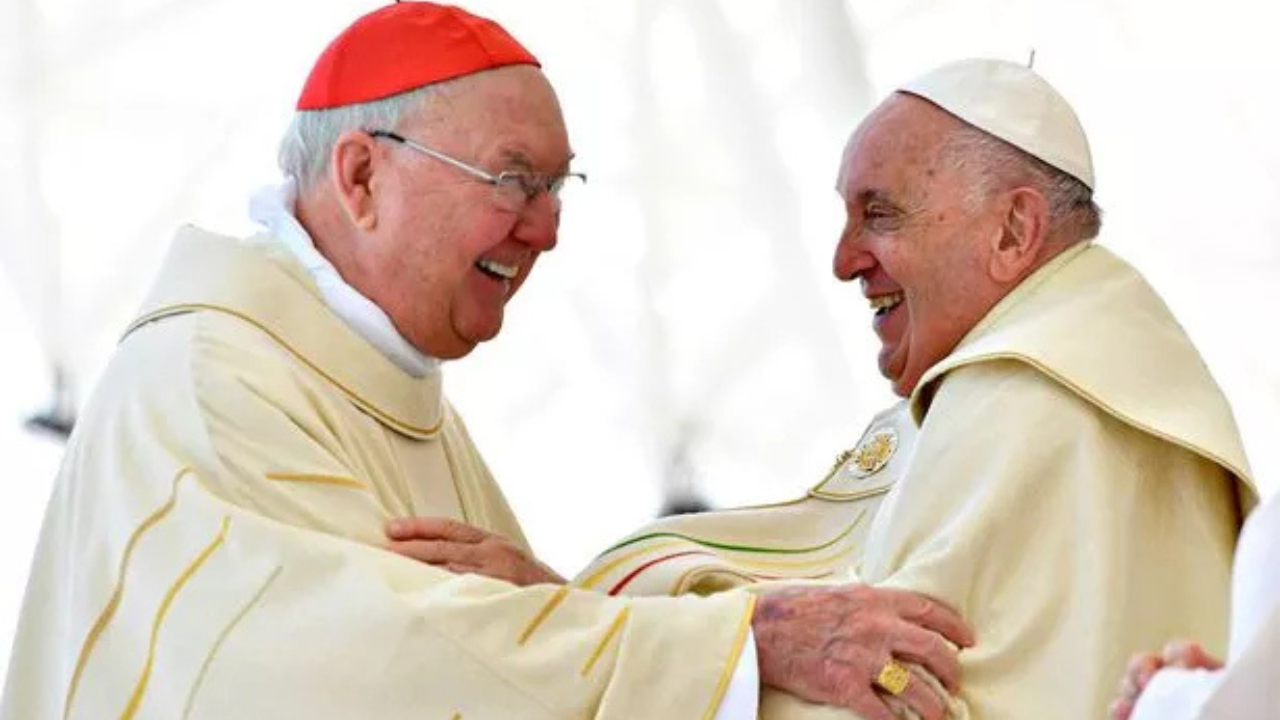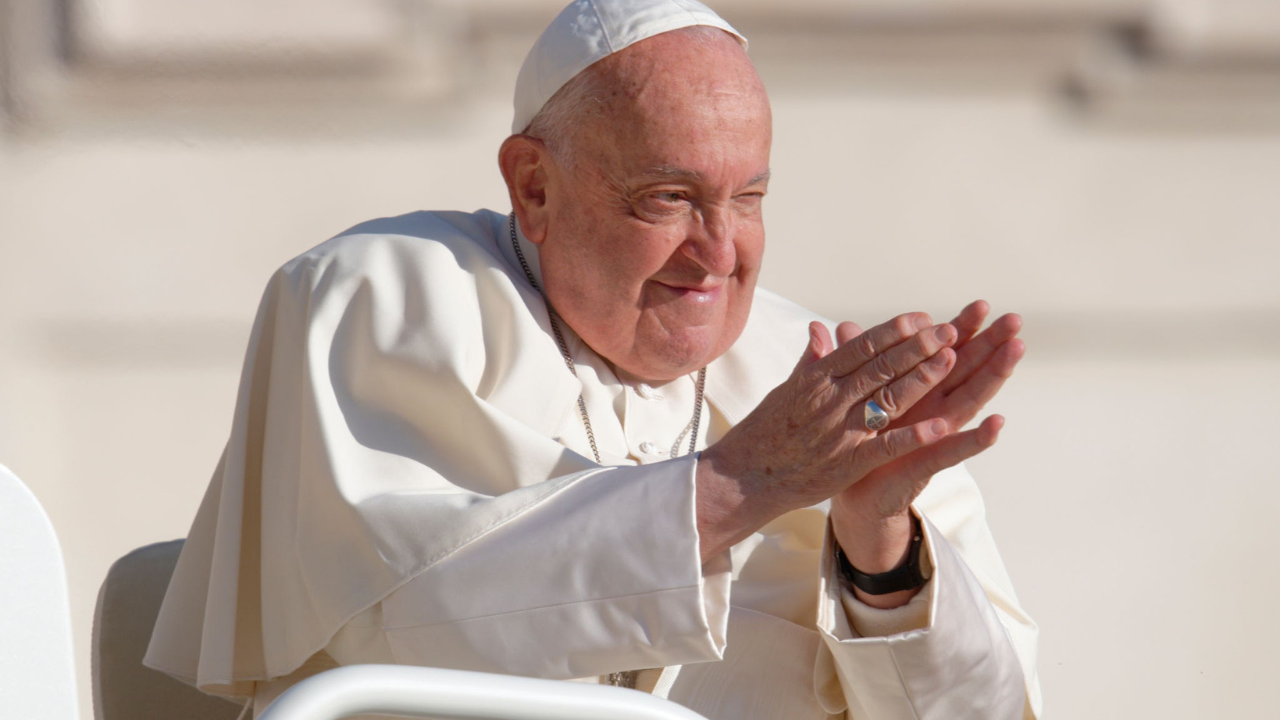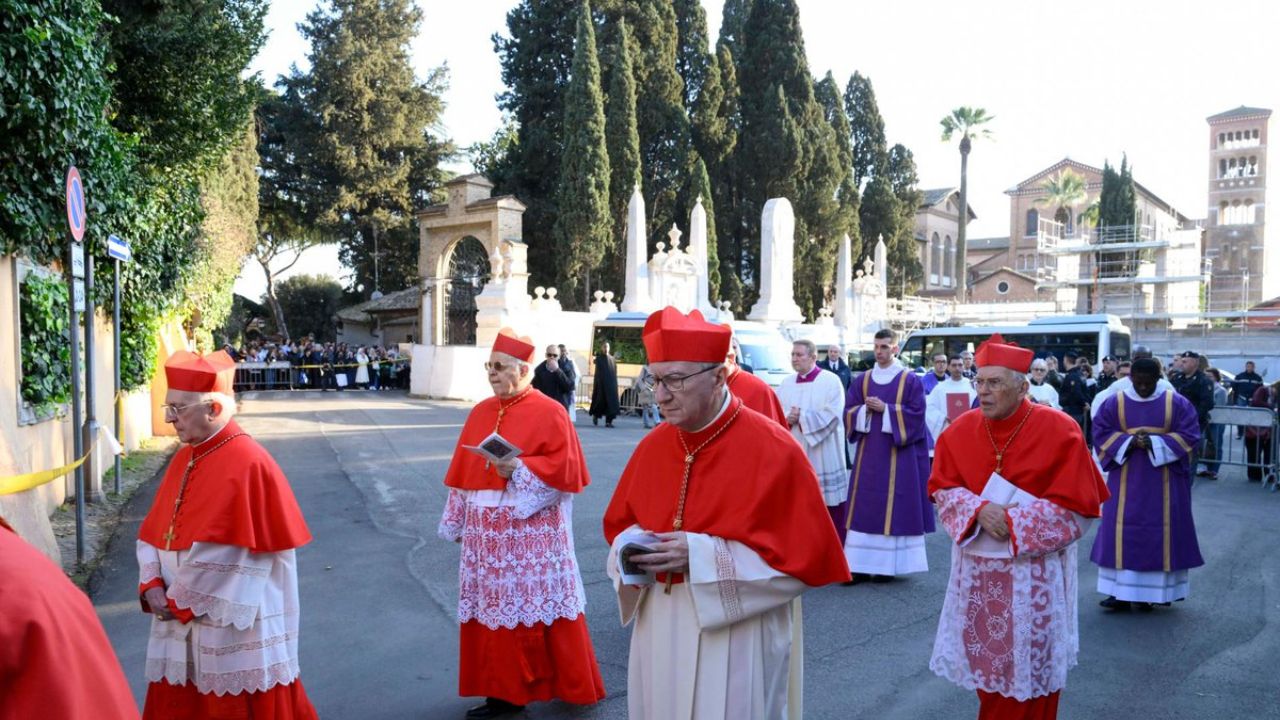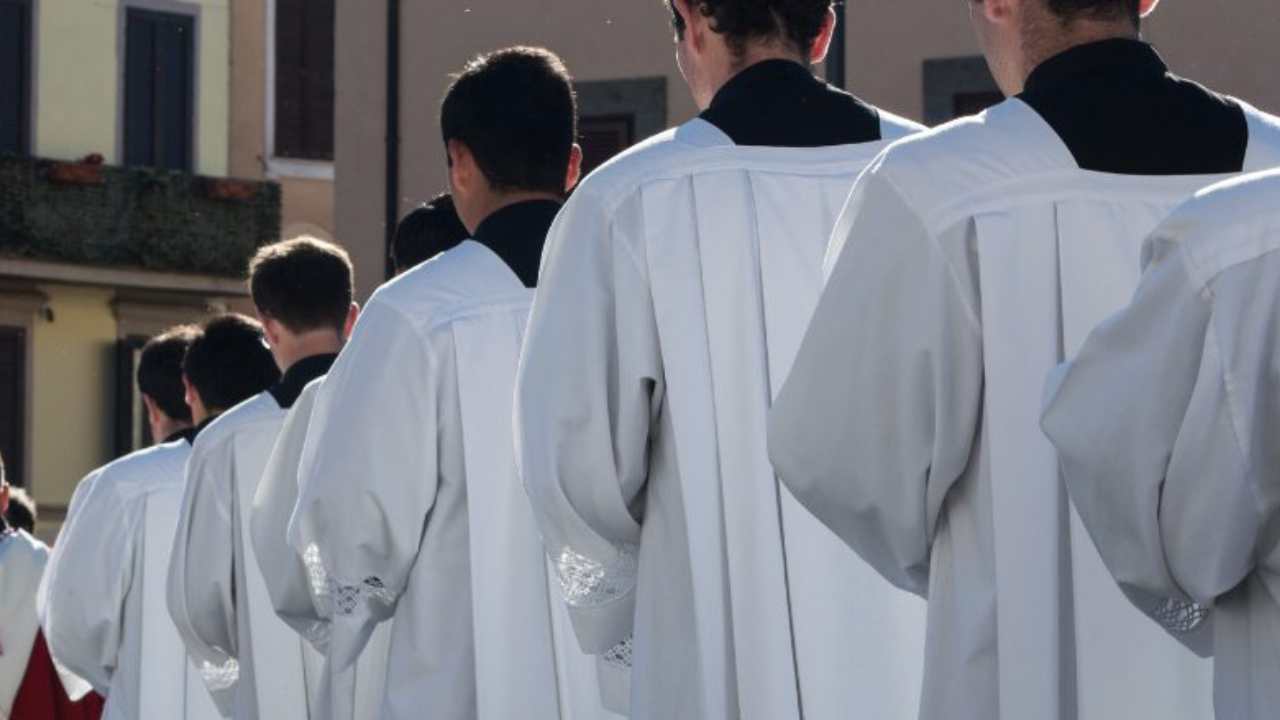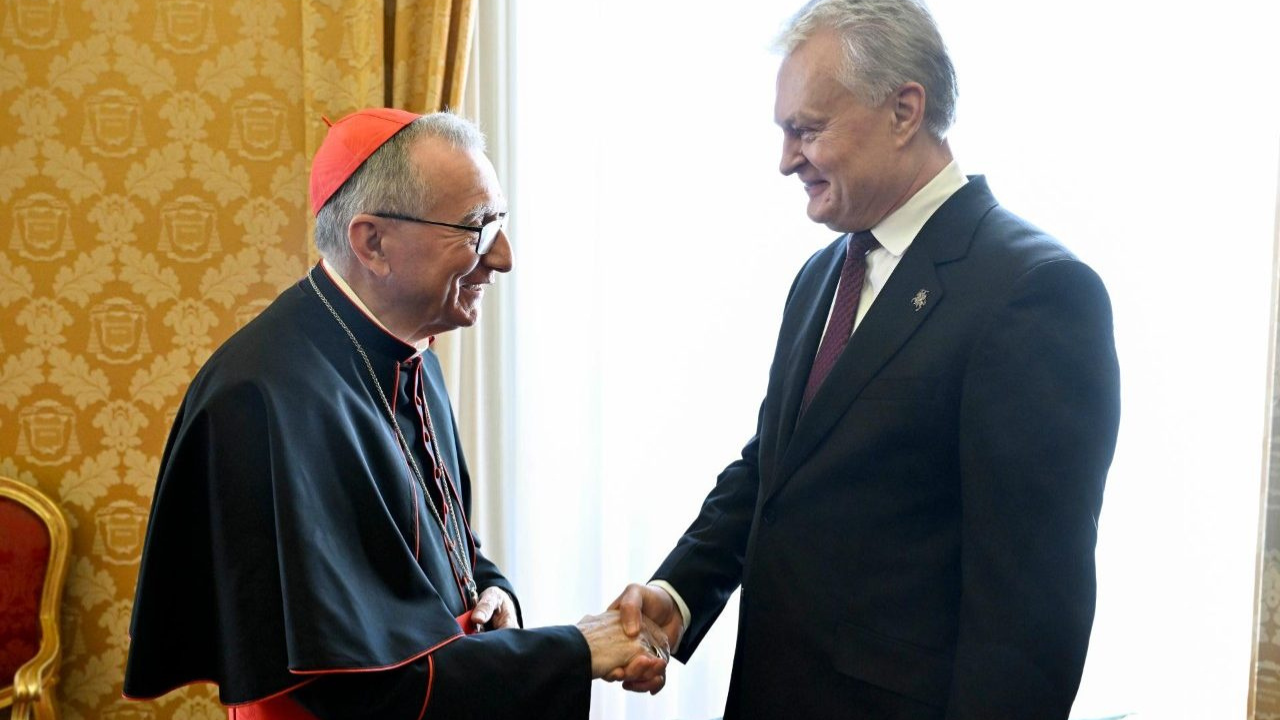To travel or not to travel…
That’s the question Pope Francis has been grappling with for the last few months, ever since his chronic knee pain confined him to a wheelchair.
POPE FRANCIS
The doctor told me not to walk. I like to walk, but this time I must obey him.
His long planned trips to Lebanon, South Sudan, and the Democratic Republic of Congo were canceled at the last minute. But this month, the Pope will travel to Canada, with or without his doctor’s permission.
With his limited mobility and chronic pain, why does Pope Francis insist on traveling to Canada? And why does it have to be now?
But before we can answer that, we need context. Context that is found in the stories of indigenous Canadian children housed in institutions run by religious organizations for over a century.
They are terrible and tragic stories. Indigenous leaders met with Pope Francis in the Vatican to recount these stories in person.
GERALD ANTOINE
Regional Chief, Northwest Territories
Unfortunately what has happened is a true story. And that is why we are here to tell you the truth.
The truth is that from 1883 until 1996, the Canadian government took 150,000 indigenous children from their homes and placed them in special residential schools where they underwent a “re-education”, aimed at eradicating any trace of their culture and language and forcing them to adopt a, theoretically, Christian culture.
Almost all of the schools were run by religious institutions led by Anglicans, Protestants, and Catholics.
Accounts describe government representatives separating children as young as 3 years old from their parents and confining them to the residential schools until they were 16.
The children were forbidden to wear traditional dress, speak their local language, or celebrate traditional customs. Instead of their name, they were often given a number.
These schools were poorly funded and the children were malnourished. They were subjected to forced labor and endured all forms of abuse. Overcrowded living conditions meant the easy spread of disease.
Over 4,000 children are believed to have died in these schools. Many are buried in unmarked graves. Often their parents weren’t informed of their passing.
Those who did survive found it difficult to return to their communities. They could not speak the local language. They were rejected by their families, who did not recognize them. Living as outcasts, many turned to drugs and alcohol.
The Canadian Catholic bishops acknowledged that the greatest abuse was not what happened in these schools, but that “they existed at all.”
The stories from the indigenous leaders and the commitment to reconciliation by the Canadian bishops’ conference convinced Pope Francis that he needed to visit Canada. Now.
BISHOP RICHARD GAGNON
President, Canadian Conference of Catholic Bishops
'Asking the Holy Father to apologize has a strong symbolic aspect, because at the end of the day, he represents the entire Catholic faith.
The Pope began preparations for the trip months before by holding face-to-face meetings with representatives of Canada’s three major indigenous communities.
POPE FRANCIS
I ask God's forgiveness for that deplorable conduct of members of the Church.
We will see each other again in Canada, where I will be able to
better express my closeness to you. I assure you.
During these meetings, some leaders addressed the Pope by his indigenous name, ‘White Feather’, and presented him with a cradle similar to those indigenous mothers use to carry their children.
MANDY GULL-MASTY
Grand Chief of the Cree First Nation
I feel that the Pope and the Church have expressed their concern and their intention to work towards reconciliation.
Pope Francis understands that words alone are not enough. It is important to offer an apology, but it is just as important to offer healing and reconciliation - in person.
POPE FRANCIS
And now I am preparing to undertake a penitential pilgrimage which, I hope, with God's grace, can contribute to the journey of healing and reconciliation that has already begun.
Yet, there is one more reason why this trip to Canada is so important to Pope Francis. As a priest and Jesuit, he recognizes that for centuries missionaries have spread Christianity to the ends of the earth, where the faith has been absorbed by the most varied cultures.
But, what happened to those children in the residential schools in Canada had nothing to do with the authentic Christian tradition of evangelization.
Condemning what happened and seeking healing and reconciliation will not change the past. But this trip does mark an important step towards deciding how the Church faces the future.
Maybe that’s why the motto of the visit is “Walking Together.”
